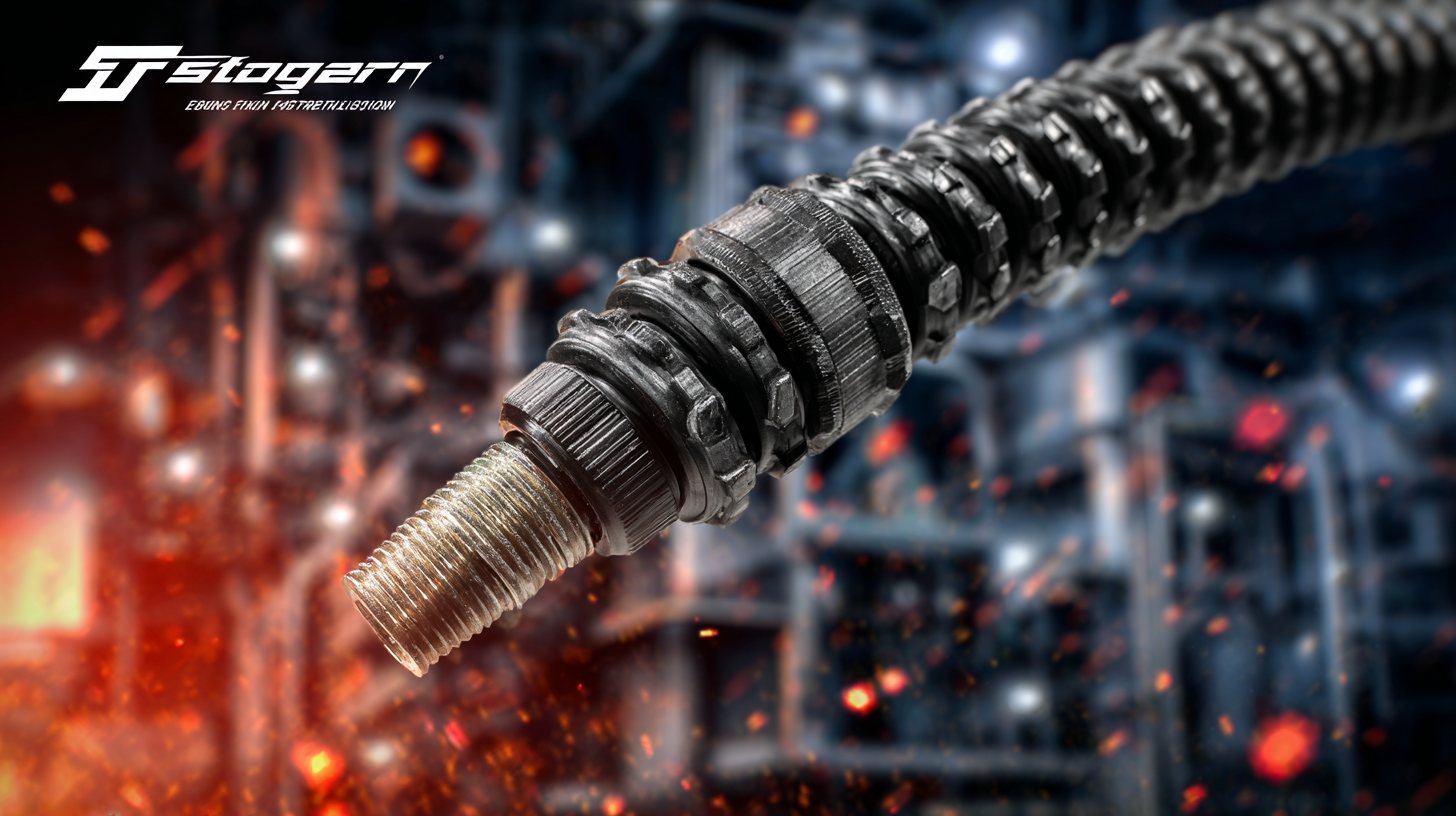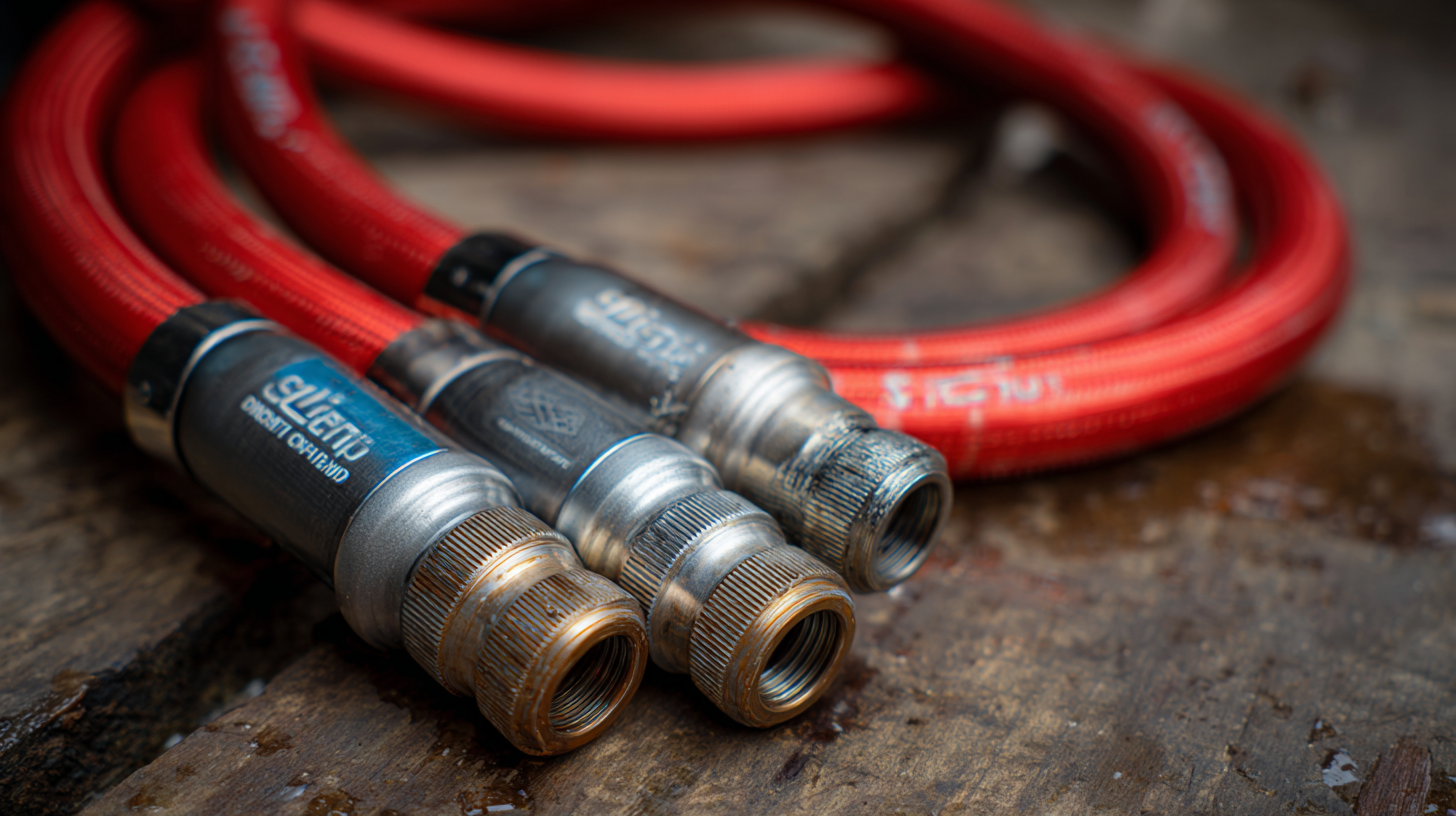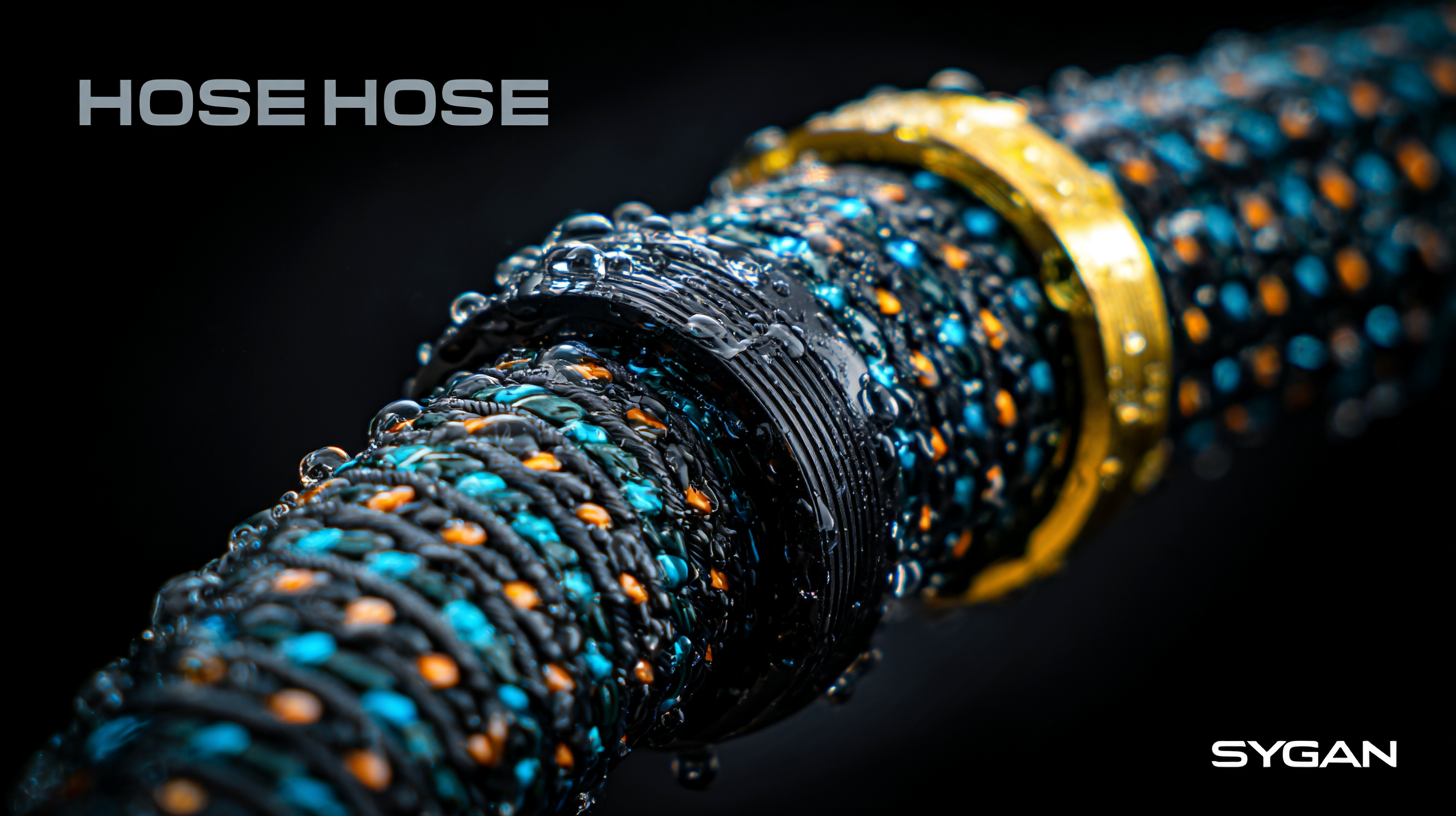In today's industrial landscape, the efficient management of fluids is crucial for optimizing performance across various sectors. According to a report by MarketsandMarkets, the global hose and fittings market is projected to reach USD 57.07 billion by 2026, with a substantial portion driven by innovations in hose technology. Among these innovations, the use of Splitter Hose stands out as a key player, enabling the effective distribution of fluids across multiple pathways, thus enhancing operational efficiency. Industries such as agriculture, automotive, and pharmaceuticals are increasingly adopting Splitter Hoses to streamline processes and reduce waste. As we delve into the top 10 applications of the best Splitter Hoses in industry today, it becomes evident that their versatility and reliability play a vital role in meeting the evolving demands of modern manufacturing and service sectors.

When selecting a quality splitter hose for industrial applications, certain key characteristics should be prioritized to ensure optimal performance and longevity. The material of the hose is paramount; high-quality hoses are typically made from durable thermoplastics or reinforced rubber, which provide excellent resistance to abrasion and harsh chemicals. According to a recent industry report by MarketsandMarkets, the global market for industrial hoses is expected to reach $15 billion by 2025, highlighting the growing importance of selecting the right materials and specifications.
Another significant factor is the hose's pressure rating. A quality splitter hose should withstand high pressures without compromising integrity. The American Society for Testing and Materials (ASTM) emphasizes that hoses used in critical applications need to exceed the maximum pressure requirements by at least 25%. This ensures safety and reliability even under unexpected conditions.
Tip: Always check for certifications such as ISO and SAE when evaluating hoses, as these indicate adherence to industry standards.
Furthermore, flexibility plays a crucial role, especially in environments where maneuverability is necessary. A good splitter hose should offer enough flexibility for installation in tight spaces without kinking. This attribute not only enhances ease of use but also prolongs the hose's lifespan.
Tip: When purchasing, assess the bending radius of the hose to ensure it meets the demands of your specific application. Selecting a hose with superior flexibility will save costs in the long run.
In today's industries, the implementation of splitter hoses has become crucial for enhancing efficiency and productivity. These versatile tools are utilized in sectors such as agriculture, manufacturing, automotive, and construction, allowing for the simultaneous distribution of fluids or gases to multiple endpoints. This capability significantly reduces downtime and improves operational effectiveness, making splitter hoses an essential asset for any industrial application.
When integrating splitter hoses into your operations, it's vital to consider the selection process. Opt for hoses that are made from durable materials that can withstand the pressure and chemicals involved in your specific application. Additionally, ensure that the diameter of the hose aligns with your system requirements to maximize flow efficiency.
Regular maintenance is also crucial in prolonging the life of your splitter hoses. Inspect them for any wear and tear, and clean them periodically to prevent blockages and buildup. By following these tips, industries can enjoy the benefits of reduced costs and improved workflow through the efficient use of splitter hoses.
When selecting a reliable splitter hose supplier, there are several key factors to consider that can greatly impact your irrigation system's efficiency and longevity. First, assess the quality of the materials used in their products. A durable splitter hose made from high-grade materials will ensure a longer service life and better resilience against wear and tear, particularly when handling high water pressure. Additionally, suppliers who offer warranties or guarantees demonstrate confidence in their products, making them more trustworthy.

Moreover, consider the supplier's reputation and customer service. Look for reviews and testimonials that highlight the experiences of past customers. A supplier that is responsive to inquiries and provides comprehensive support can make a significant difference in your selection process. It's also beneficial to choose a supplier that offers a range of customization options, allowing you to tailor the splitter hose to meet your specific needs, whether for garden use or industrial applications. By prioritizing these criteria, you can find a reliable supplier that meets your irrigation demands effectively.
In the ever-evolving industrial landscape, splitter hoses have become essential in optimizing processes across various sectors. These versatile tools are primarily employed to efficiently divide fluid flow, allowing multiple applications to run simultaneously. From agricultural irrigation systems that enhance water distribution in fields to manufacturing processes where precise fluid handling is crucial, the impact of splitter hoses is profound. For instance, in the gardening sector, they are valuable for creating a healthier garden environment while also conserving water resources, effectively supporting both productivity and sustainability.

Moreover, splitter hoses find their utility in industries such as construction, where they help streamline the supply of materials to multiple locations. By simplifying the flow of liquids and reducing the need for multiple pumps, they contribute to lower operational costs and increased efficiency. In chemical and pharmaceutical sectors, their precision in controlling the flow of various substances is indispensable, ensuring safety and compliance with regulatory standards. The commonality of these applications underscores the integral role that splitter hoses play in enhancing industrial performance, showcasing their adaptability and significance in today’s market.
Maintaining your splitter hose is crucial for ensuring optimal performance and longevity in various industrial applications. According to recent industry reports, nearly 20% of equipment failures in manufacturing can be traced back to improper hose maintenance. To maximize the lifespan of your splitter hose, it is essential to implement best practices in handling and storage.
Regular inspections should be conducted to check for signs of wear and tear, including cracks or leaks. Ensuring that hoses are stored in a clean and dry environment can also prevent degradation over time. Additionally, it's vital to use the appropriate fittings and connectors to avoid unnecessary stress on the hose, which can exacerbate wear.
**Tip:** Always label and identify hoses according to their specific applications to prevent cross-usage, which can lead to incompatibility issues and potential failures.
Routine cleaning is another key practice; removing debris and contaminants helps maintain the integrity of the hose material. Finally, consider utilizing a hose management system that tracks usage and maintenance schedules, helping to avert issues before they escalate. Implementing these practices not only enhances performance but also significantly reduces downtime in industrial operations.
This bar chart illustrates the top 10 applications of splitter hose in various industries, showcasing their frequency of use. The data indicates a high demand in agriculture, followed by construction and automotive industries, demonstrating the critical role of splitter hoses in multiple sectors for efficiency and performance.
